Chilipepper, Sebastes goodei
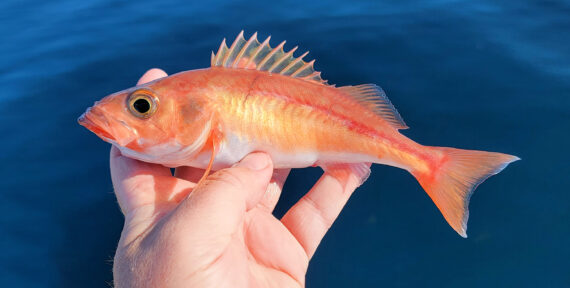 Chillipepper, Sebastes goodei. Fish caught from coastal waters off Dana Point, California, December 2022. Length: 12 cm (4.7 inches). Catch, photograph, and identifications courtesy of Chris Moore, Peoria, Arizona.
Chillipepper, Sebastes goodei. Fish caught from coastal waters off Dana Point, California, December 2022. Length: 12 cm (4.7 inches). Catch, photograph, and identifications courtesy of Chris Moore, Peoria, Arizona.
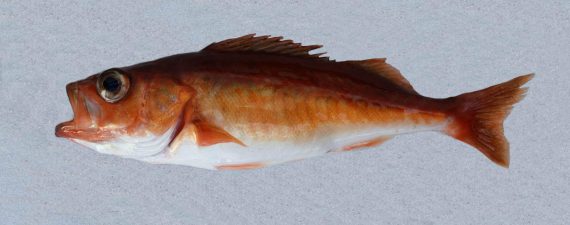 Chillipepper, Sebastes goodei. Fish caught in coastal waters off Long Beach, California, August 2017. Length: 15.2 cm (6.0 inches). Catch and photograph courtesy of Chris Wheaton, Fullerton, California. Identification courtesy of Milton Love, University of California, Santa Barbara, Goleta, California.
Chillipepper, Sebastes goodei. Fish caught in coastal waters off Long Beach, California, August 2017. Length: 15.2 cm (6.0 inches). Catch and photograph courtesy of Chris Wheaton, Fullerton, California. Identification courtesy of Milton Love, University of California, Santa Barbara, Goleta, California.
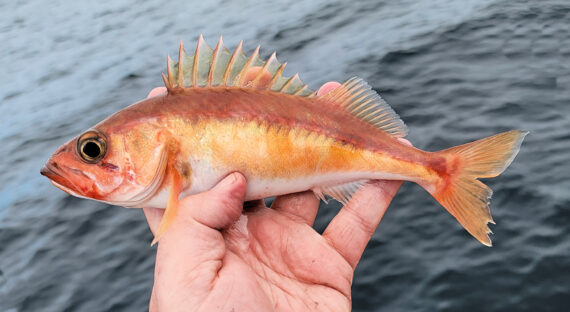 Chillipepper, Sebastes goodei. Fish caught from coastal waters off Tijuana, Baja California, February, 2023. Length: 17 cm (6.7 inches). Catch, photograph, and identifications courtesy of Chris Moore, Peoria, Arizona.
Chillipepper, Sebastes goodei. Fish caught from coastal waters off Tijuana, Baja California, February, 2023. Length: 17 cm (6.7 inches). Catch, photograph, and identifications courtesy of Chris Moore, Peoria, Arizona.
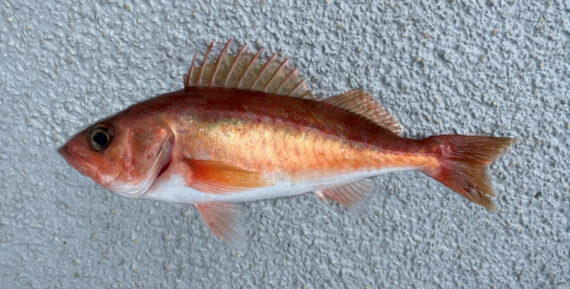 Chillipepper, Sebastes goodei. Fish caught from coastal waters off Tijuana, Baja California, February, 2023.. Length: 19 cm (7.5 inches). Catch, identification and photograph courtesy of Luke Ovgard, Klamath Falls, Oregon.
Chillipepper, Sebastes goodei. Fish caught from coastal waters off Tijuana, Baja California, February, 2023.. Length: 19 cm (7.5 inches). Catch, identification and photograph courtesy of Luke Ovgard, Klamath Falls, Oregon.
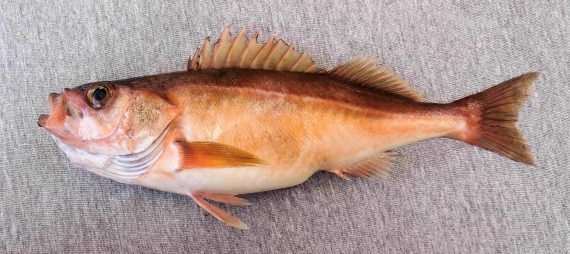
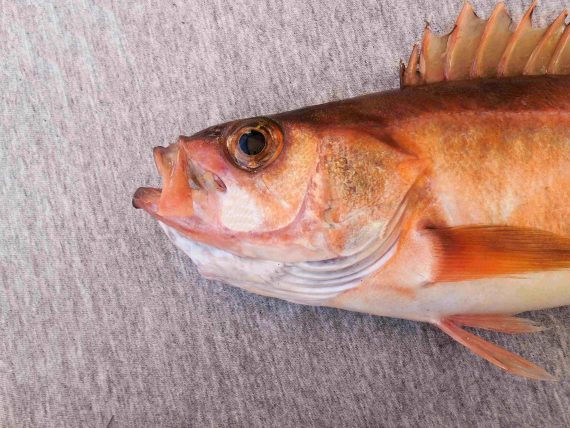 Chillipepper, Sebastes goodei. Fish provided by the commercial fishermen of the greater San Diego area, San Diego, California, August 2014. Length: 33 cm (13 inches). Identification courtesy of Milton Love, University of California, Santa Barbara, Goleta, California.
Chillipepper, Sebastes goodei. Fish provided by the commercial fishermen of the greater San Diego area, San Diego, California, August 2014. Length: 33 cm (13 inches). Identification courtesy of Milton Love, University of California, Santa Barbara, Goleta, California.
The Chilipepper, Sebastes goodei, is a member of the Rockfish and Scorpionfish or Scorpaenidae Family, and is known in Mexico as rocote pimiento. Globally, there are one hundred eight species in the genus Sebastes, of which fifty-three are found in Mexican waters, all in the Pacific Ocean.
The Chilipepper has an elongated body with a depth that is 28% to 32% of standard length. They vary in color from various shades of brown and pink-red on their upper backs and pink with brassy overtones on their sides. They have 3 dark bars on their back that fade post collection. Their head is relatively short with a mid-length snout, mid-sized eyes, and a small terminal mouth. The tips of their dorsal fin are white. Their anal fin has 3 spines and 7 to 10 rays; their caudal fin is slightly forked; their dorsal fin has 13 spines and 13 to 16 rays; and, their pectoral fins have 16 to 19 rays. They have 31 to 39 gill rakers and their body is covered with scales.
The Chilipepper is found as solitary individuals or in small groups in mid-water over banks or resting on the sea floor within rock structures at depths up to 518 m (1,700 feet). They reach a maximum of 59 cm (23 inches) in length, with females being larger than males. As of January 1, 2024, the International Game Fish Association world record stood at 1.54 kg (3 lbs 6 oz) with the fish caught in coastal waters off San Clemente Island, California in March 2000. They feed primarily on small fish. Reproduction is oviparous with each female releasing between 18,000 and 538,000 pelagic eggs. They have lifespans of thirty-five years. The Chilipepper is poorly studied with very limited information available about their lifestyle and behavioral patterns including specific details on age, growth, longevity, movement patterns, diet, habitat use, and reproduction.
The Chilipepper is a resident of Mexican waters of the Pacific Ocean but has a limited distribution being found from Magdalena Bay, Baja California Sur, northward along the central and northwest coasts of Baja.
The Chilipepper is not easily confused with any other species due to its small terminal mouth and the three bars on its sides.
From a conservation perspective the Chilipepper has not been formally evaluated. They are an important commercial catch in California waters and are caught primarily via hook and line, gill nets, and trawls. They are also caught with some regularity by recreational fishermen but levels are on the decline. They are considered an excellent food fish.